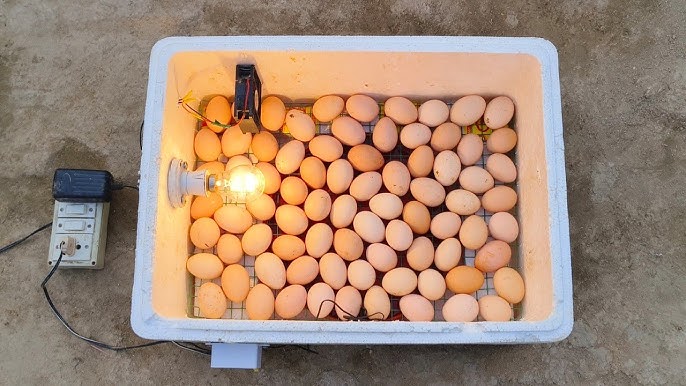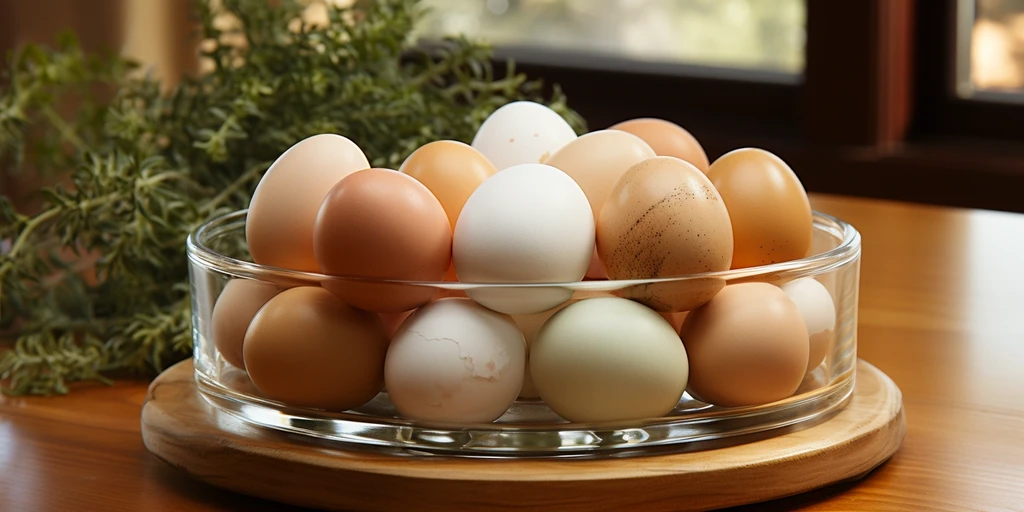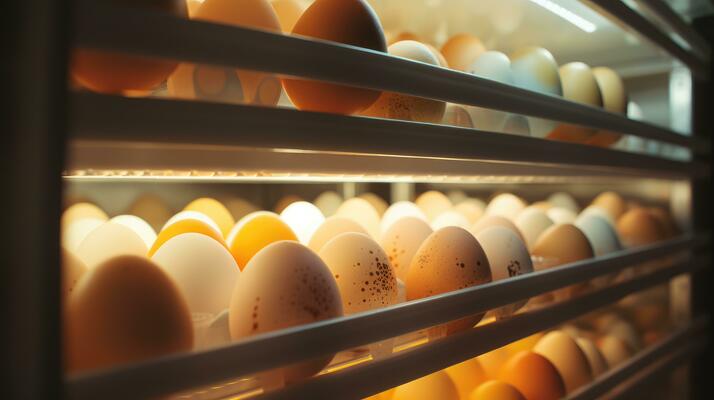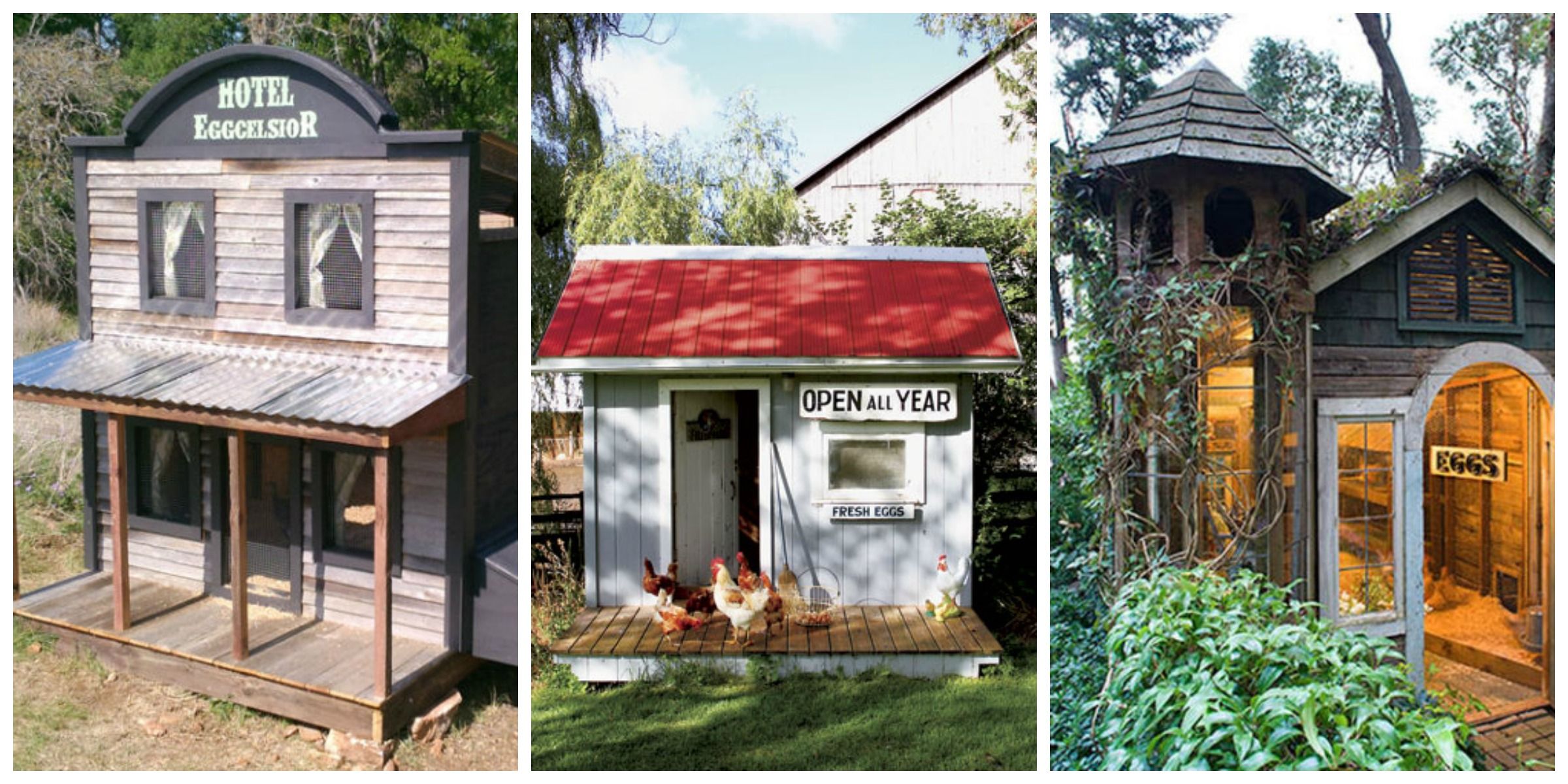Hatching rare heritage breeds can be a rewarding experience for chicken enthusiasts. These unique breeds not only add diversity to your flock but also help preserve genetic lines that are often at risk of disappearing. Understanding the process of how to hatch rare heritage breeds is key to achieving success in this endeavor.
Whether you are a seasoned breeder or a newcomer, learning the intricacies of hatching these breeds is essential. From selecting the right eggs to providing optimal conditions for incubation, every step needs careful attention. In this article, we will explore effective strategies to ensure your hatching project is a success.

Choosing the Right Eggs
Start by sourcing eggs from reputable breeders who specialize in heritage breeds. It’s important to select eggs that are fresh and well-formed to increase the chances of successful hatching.
Understanding Genetics
Heritage breeds have unique genetic traits that require specific attention. Researching the breed’s background and characteristics will guide you in maintaining their purity.
Preparing for Incubation
Before starting the incubation process, ensure you have the right equipment. An incubator is essential for providing a controlled environment. For a detailed guide on selecting the best incubator, visit the best incubator practices page.
Setting Up the Incubator
The incubator should be cleaned and calibrated. Setting the right temperature and humidity levels is crucial for embryo development. You can find useful tips on managing humidity levels here.
Incubation Process
The incubation period for most chicken eggs is 21 days. During this time, regular monitoring and adjustments may be needed to maintain optimal conditions.
Turning the Eggs
Eggs need to be turned several times a day to prevent the embryo from sticking to the shell. Automatic turners can assist with this task.
Monitoring Development
Use candling to check the development of the embryos. This process involves shining a light through the egg to observe the growth inside.
Hatching Time
As the hatching day approaches, increase the humidity in the incubator to assist the chicks in breaking through the shell. This is a critical time that requires patience and care.
Assisting the Hatch
While it might be tempting to help chicks emerge from their shells, it’s generally best to let them do it naturally. Only intervene if absolutely necessary.
Caring for New Chicks
Once hatched, transfer the chicks to a brooder where they can be kept warm and safe. Provide fresh water and food designed for young chicks.
Brooder Setup
A proper brooder setup is crucial for ensuring the health and growth of your chicks. Learn more about setting up a brooder at the brooder setup guide.
Maintaining Breed Standards
To preserve the integrity of rare heritage breeds, follow guidelines for breeding and selection. This helps in maintaining the true characteristics of the breed.
Record Keeping
Keep detailed records of breeding pairs, hatch rates, and any genetic notes. This information is invaluable for future breeding success.
Challenges and Solutions
Hatching rare heritage breeds comes with its own set of challenges, including maintaining genetic diversity and handling sensitive breeds.
Managing Genetic Diversity
To prevent inbreeding, it’s essential to introduce new bloodlines periodically. Connect with other breeders to exchange breeding stock.
Handling Sensitive Breeds
Some heritage breeds are more sensitive to environmental changes. Understanding their specific needs can help mitigate any potential issues.

FAQ
What is the ideal temperature for incubating chicken eggs?
The ideal temperature for incubating chicken eggs is around 99.5F (37.5C). Maintaining this temperature is crucial for embryo development.
How often should I turn the eggs?
Eggs should be turned at least three to five times a day to ensure proper development.
When should I stop turning the eggs?
Stop turning the eggs three days before the expected hatch date, which is usually around day 18 of incubation.
For more detailed information on using an incubator, check out this guide on incubator use.
This article contains affiliate links. We may earn a commission at no extra cost to you.











